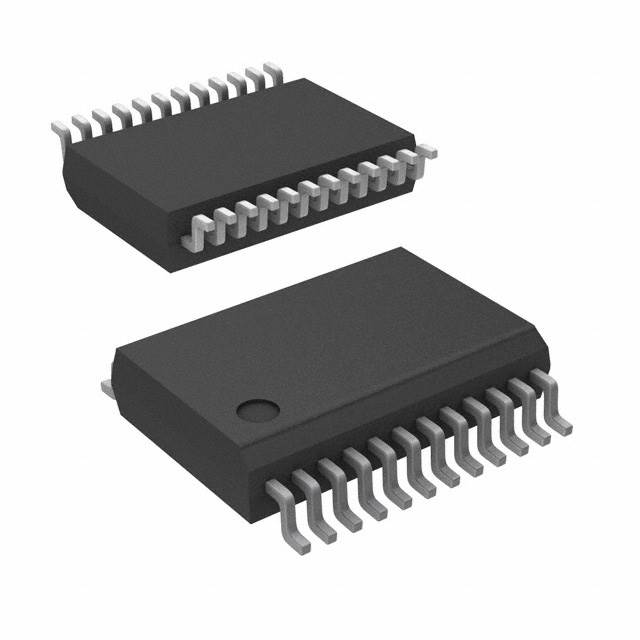

Texas Instruments
PCF8575DB
I/O Expanders




.png?x-oss-process=image/format,webp/resize,p_30)


PCF8575DB Description
PCF8575DB Description
The PCF8575DB by Texas Instruments is a 16-bit I/O expander designed for I2C-bus and SMBus applications, offering versatile digital interface expansion in space-constrained designs. Housed in a 24-SSOP package, this surface-mount device operates across a 2.5V to 5.5V supply range, making it compatible with both 3.3V and 5V systems. With a 400 kHz clock frequency, it ensures efficient communication in high-speed environments. Though marked Obsolete, it remains relevant for legacy systems due to its robust performance, ROHS3 compliance, and REACH unaffected status.
PCF8575DB Features
- 16 Bidirectional I/O Pins: Configurable as inputs or outputs with 10mA source/25mA sink current capability, suitable for driving LEDs or interfacing with sensors.
- I2C/SMBus Interface: Simplifies communication with microcontrollers, supporting up to 8 devices on the same bus (via 3 address pins).
- Interrupt Output: Reduces polling overhead by alerting the host controller of input state changes.
- Power-On Reset (POR): Ensures predictable startup conditions, critical for safety-sensitive applications.
- Wide Voltage Range (2.5V–5.5V): Enhances flexibility in mixed-voltage systems.
- Low Moisture Sensitivity (MSL 1): Suitable for extended storage and harsh environments.
PCF8575DB Applications
- Industrial Control Systems: Expands I/O for PLCs or sensor arrays without additional microcontroller pins.
- Consumer Electronics: Drives keypad matrices or LED displays in smart appliances.
- Automotive Modules: Interfaces with buttons/switches in infotainment or dashboard systems.
- Embedded Systems: Provides GPIO expansion for Raspberry Pi or Arduino projects.
- Legacy Upgrades: Replaces discrete logic in older designs requiring I2C compatibility.
Conclusion of PCF8575DB
The PCF8575DB excels in scenarios demanding high-density I/O expansion with minimal host interaction, thanks to its interrupt-driven architecture and broad voltage support. While obsolete, its durability, ease of integration, and cost-effectiveness make it a pragmatic choice for maintenance-heavy or legacy applications. Engineers valuing reliability over cutting-edge availability will find it a resilient solution for expanding digital interfaces.
Tech Specifications
PCF8575DB Documents
Download datasheets and manufacturer documentation for PCF8575DB
 PCF8575
PCF8575  EOL- 04/Nov/2023
EOL- 04/Nov/2023  PCF8575
PCF8575  PCF8575 03/Oct/2018
PCF8575 03/Oct/2018 Shopping Guide



























.png?x-oss-process=image/format,webp/resize,h_32)










